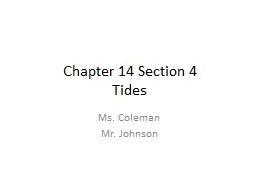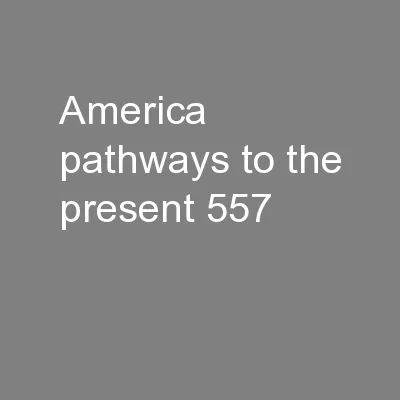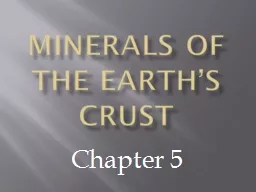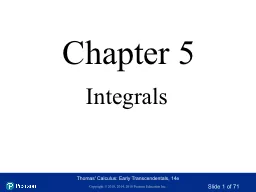PPT-Chapter 14 Section 4
Author : yoshiko-marsland | Published Date : 2017-12-01
Tides Ms Coleman Mr Johnson If you stand at some ocean shores long enough you will see the edge of the ocean shrink away from you Wait longer and you will see it
Presentation Embed Code
Download Presentation
Download Presentation The PPT/PDF document "Chapter 14 Section 4" is the property of its rightful owner. Permission is granted to download and print the materials on this website for personal, non-commercial use only, and to display it on your personal computer provided you do not modify the materials and that you retain all copyright notices contained in the materials. By downloading content from our website, you accept the terms of this agreement.
Chapter 14 Section 4: Transcript
Download Rules Of Document
"Chapter 14 Section 4"The content belongs to its owner. You may download and print it for personal use, without modification, and keep all copyright notices. By downloading, you agree to these terms.
Related Documents














